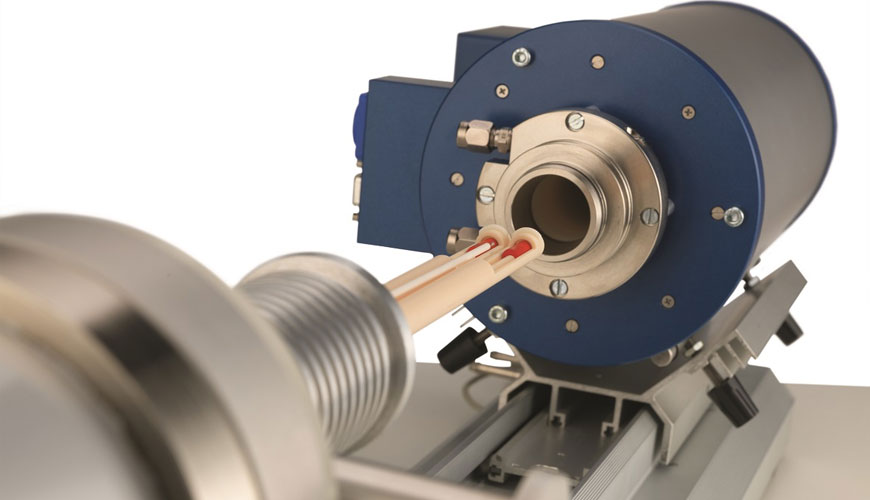

The ASTM D228 standard covers the determination of linear thermal expansion of rigid solid materials using pushrod dilatometers. This method can be applied in any practical temperature range in which a device can be built to meet the performance requirements specified in this standard.

Linear coefficients of thermal expansion are required for design purposes and are used to determine the dimensional behavior of structures subjected to thermal stresses, which may occur and may, for example, cause failure of a solid structure made of different materials when exposed to temperature changes or temperature excursion.
This test method is a reliable method for determining linear thermal expansion of solid materials. The test method can be used for research, development, specification acceptance, quality control (QC), and quality assurance (QA).
For accurate determination of thermal expansion, it is absolutely necessary to calibrate the dilatometer using a reference material with known and repeatable thermal expansion. The appendix contains information on reference materials in general use available.
The measurement of thermal expansion involves two parameters: length variation and temperature variation, both equally important. Neglect of accurate and accurate temperature measurement will inevitably lead to increased uncertainties in the final data.
Initially, this method was developed for vitreous silica dilatometers operating in the temperature range of -180 °C to 900 °C. Concepts and principles are documented in the literature as equally applicable to operating at higher temperatures. The sensitivity and bias of these systems are believed to be in the same order as silica systems up to 900 °C. However, due to the lack of well-characterized reference materials and the need for detailed comparisons, their sensitivities and biases have yet to be determined over the respective total temperature range.
To this end, a hard solid is defined as a material that, at the test temperature and under stresses imposed by the instrumentation, has a negligible rate of creep or elastic strain, or both, thereby insignificantly affecting the accuracy of thermal length change measurements. Examples of this include metals, ceramics, rekractories, glasses, rocks and minerals, graphite, plastics, cements, cured mortars, woods and various composites.
The sensitivity of this comparative test method is higher than other push-rod dilatometry techniques (eg Test Method D696) and thermomechanical analysis (eg Test Method E831) but significantly lower than absolute methods such as interferometry (eg Test Method E289). It is generally applicable to materials with absolute linear expansion coefficients exceeding 1000 μm/(m·°C) for the 0,5°C range and can be used for lower expansion materials in special cases when special measures are used to ensure that the produced expansion of the sample falls within the capabilities of the measuring system.
Values stated in SI units should be accepted as standard. No other units of measurement are included in this standard. This standard is not meant to address all safety concerns, if any, associated with its use. It is the responsibility of the user of this standard to determine appropriate safety and health practices prior to use and to determine the applicability of regulatory restrictions.
Our organization also provides testing services within the scope of the ASTM E228 Push Rod Dilatometer and Standard Test Method for Linear Thermal Expansion of Solid Materials, within the framework of laboratory testing services.
To get an appointment, to get more detailed information or to request an evaluation, you can ask us to fill in our form and reach you.